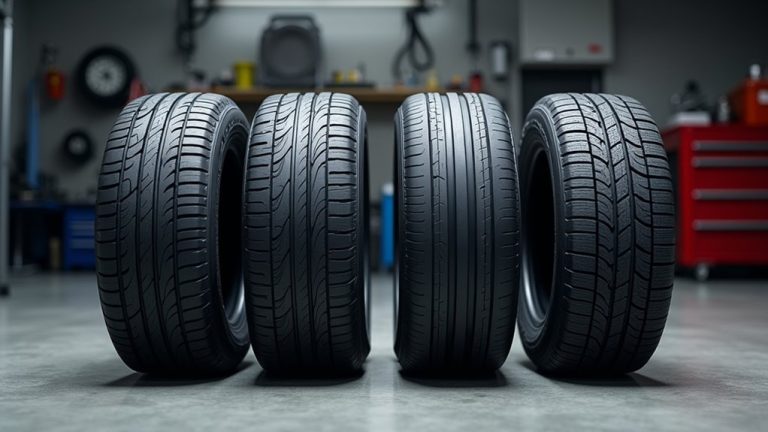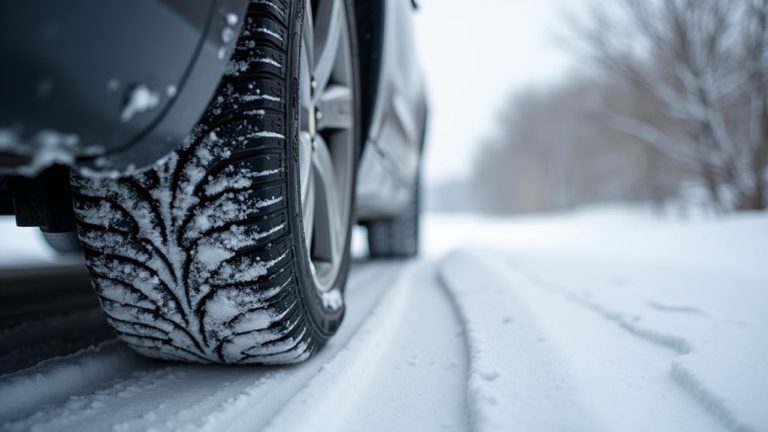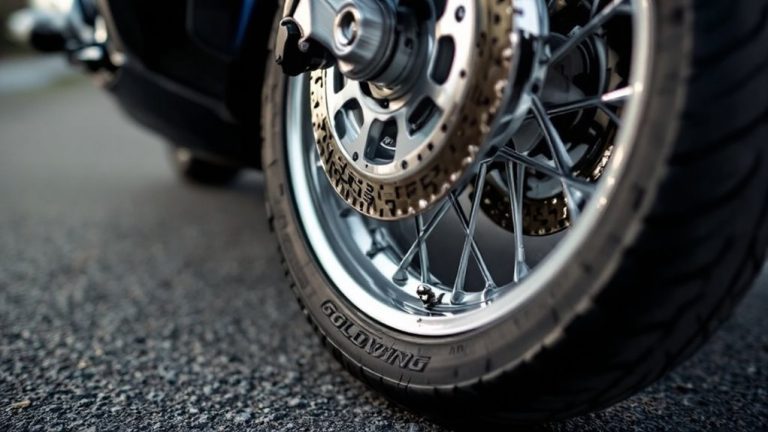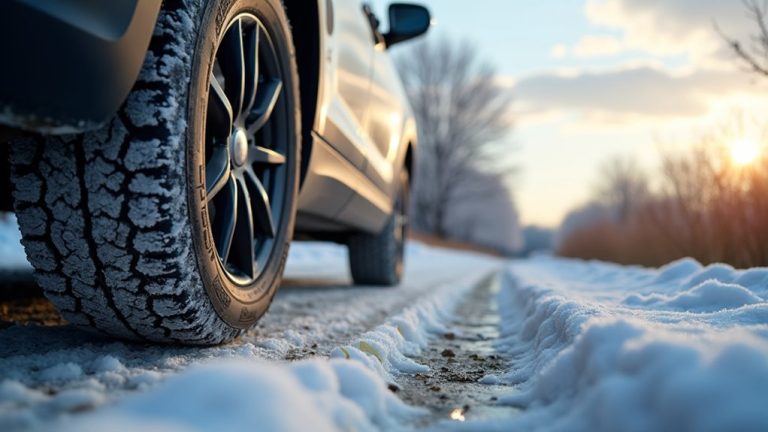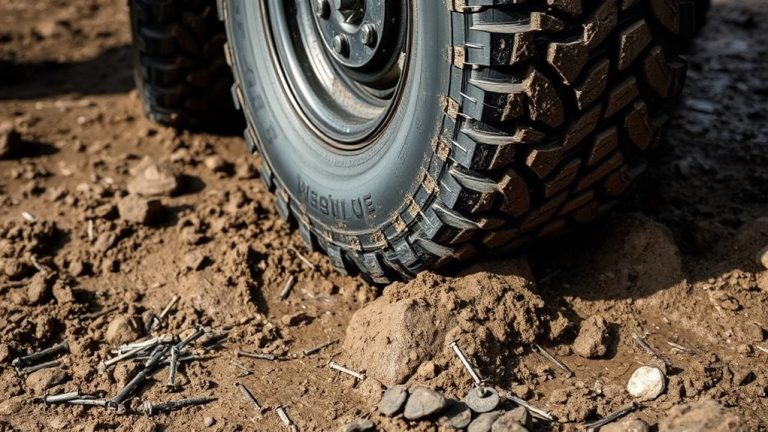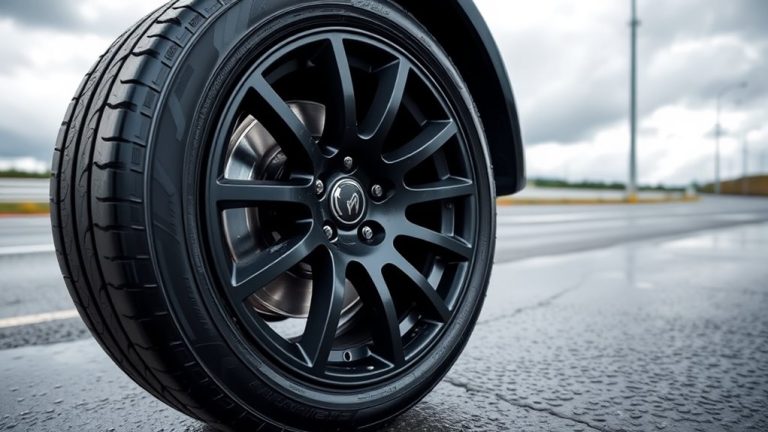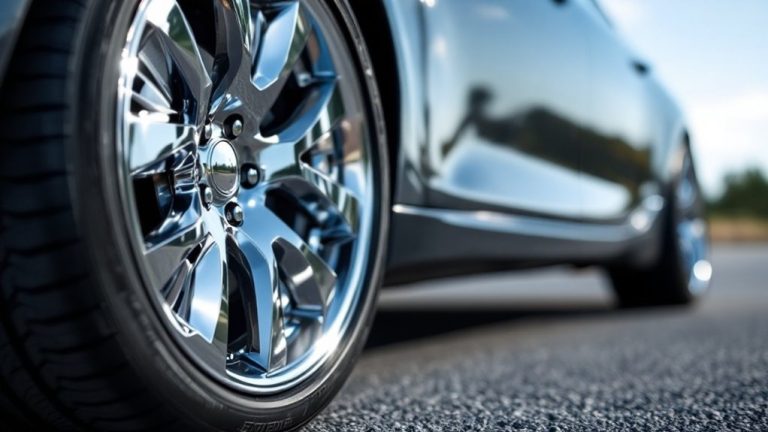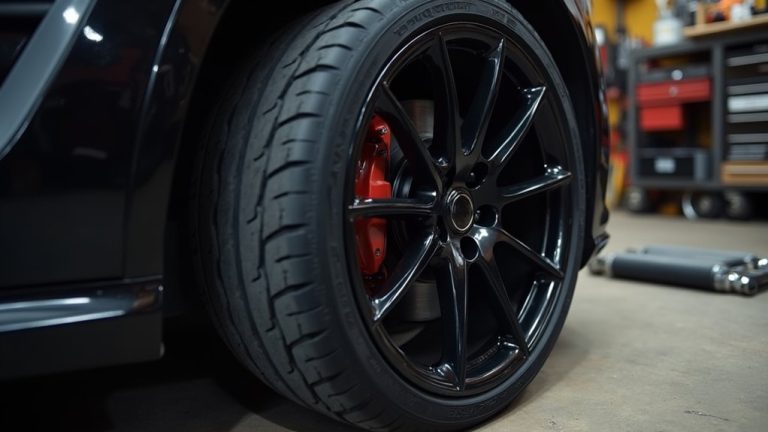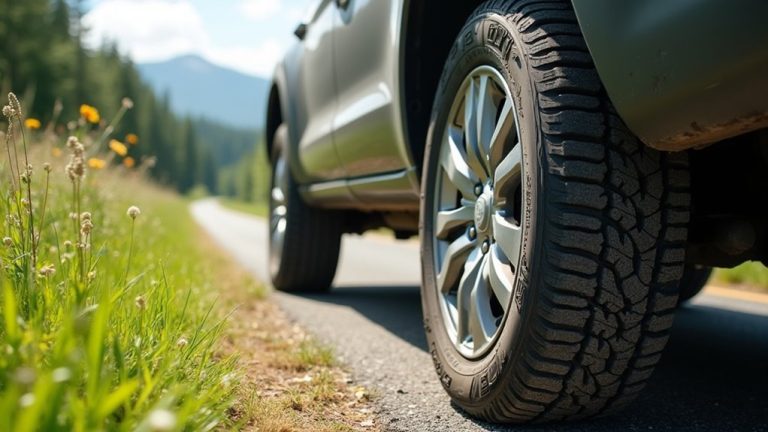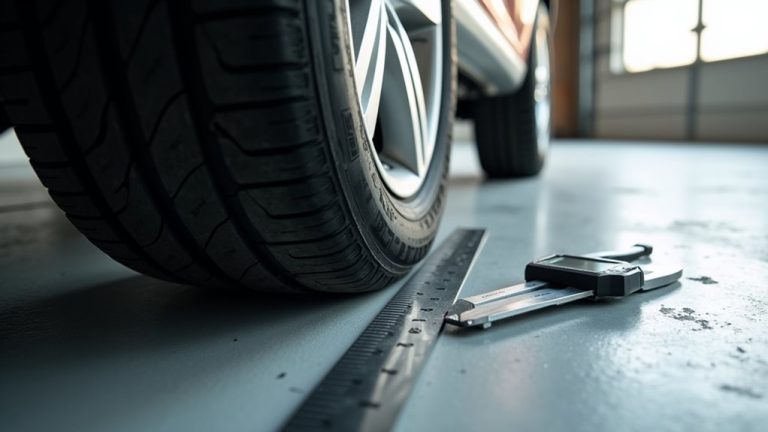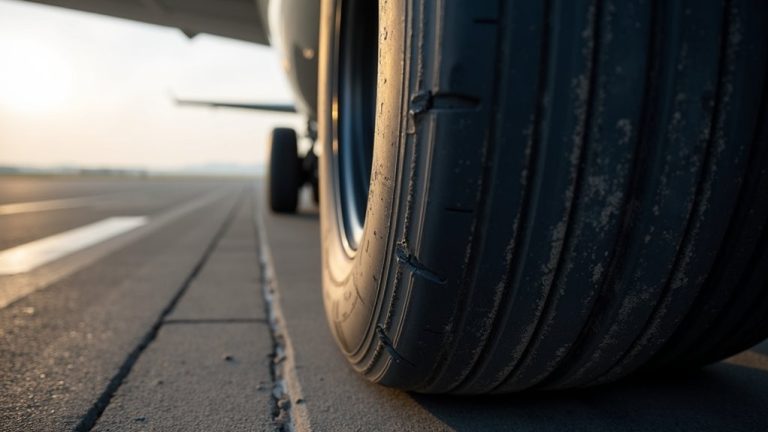What Are The 4 Types Of Tires
Tires come in four main types, each made for different weather. Summer tires work best in warm conditions above 45°F. They give great grip on hot, dry roads. Their grooves stay shallow for better control. Winter tires shine below -7°C, perfect for cold days. They grab snow and ice with deep treads. All-season tires fit dry, wet, and light snow. They offer solid use all year long. All-weather tires manage many climates with soft rubber. Pretty handy, right? Stick with me for more tire tips! Over 60% of drivers pick all-season tires. That shows their trust in versatility. Let’s explore what suits your car best!

